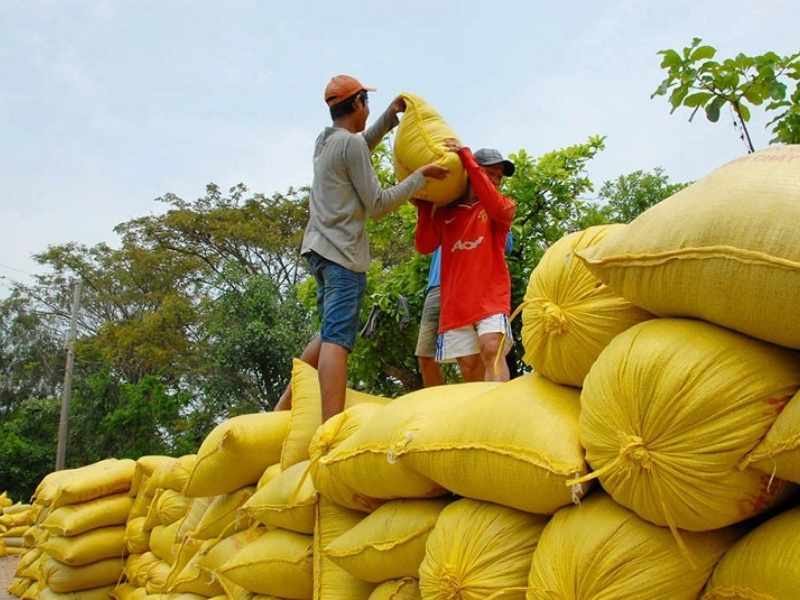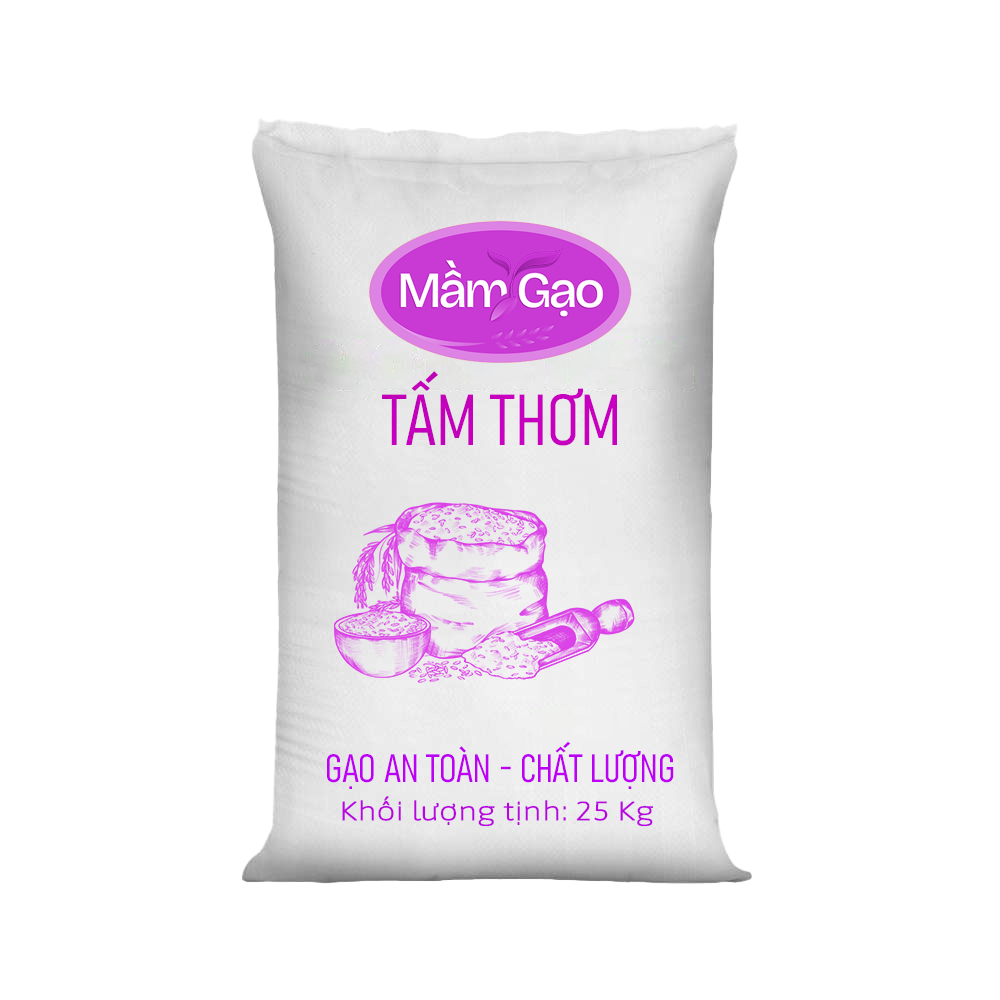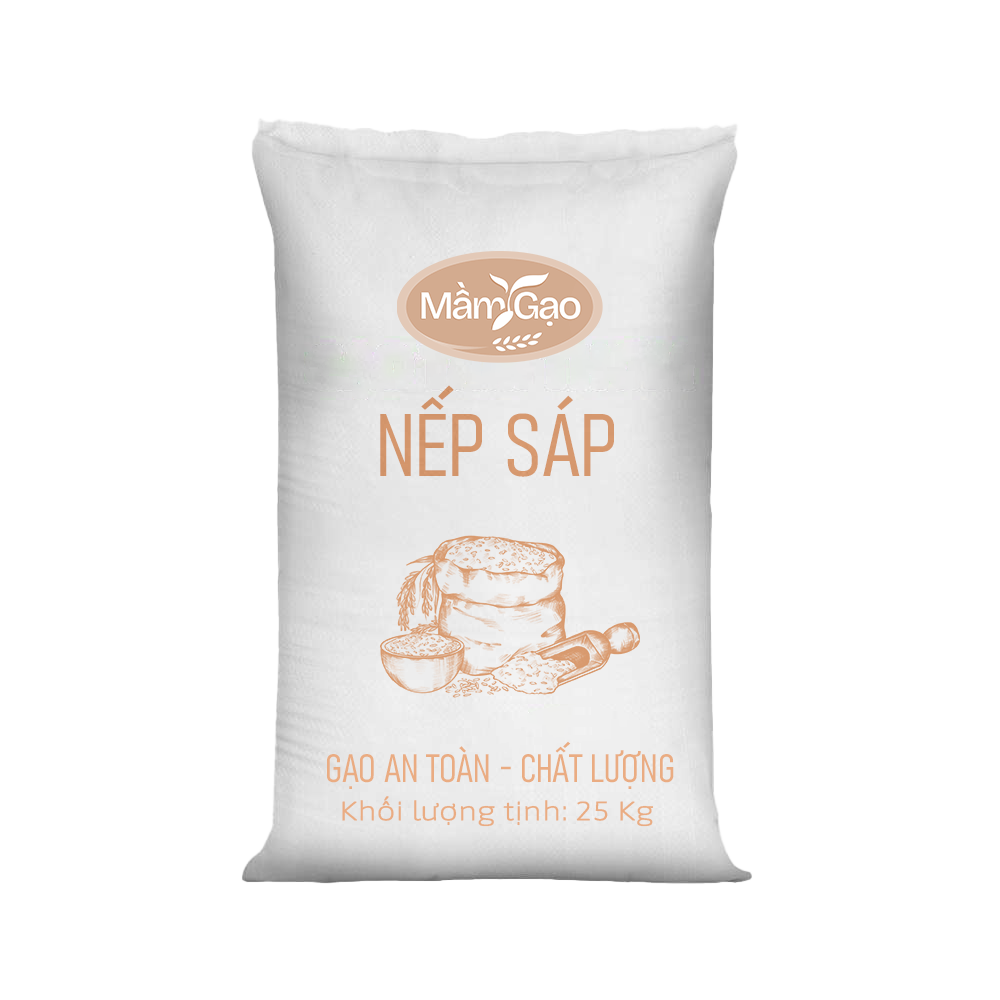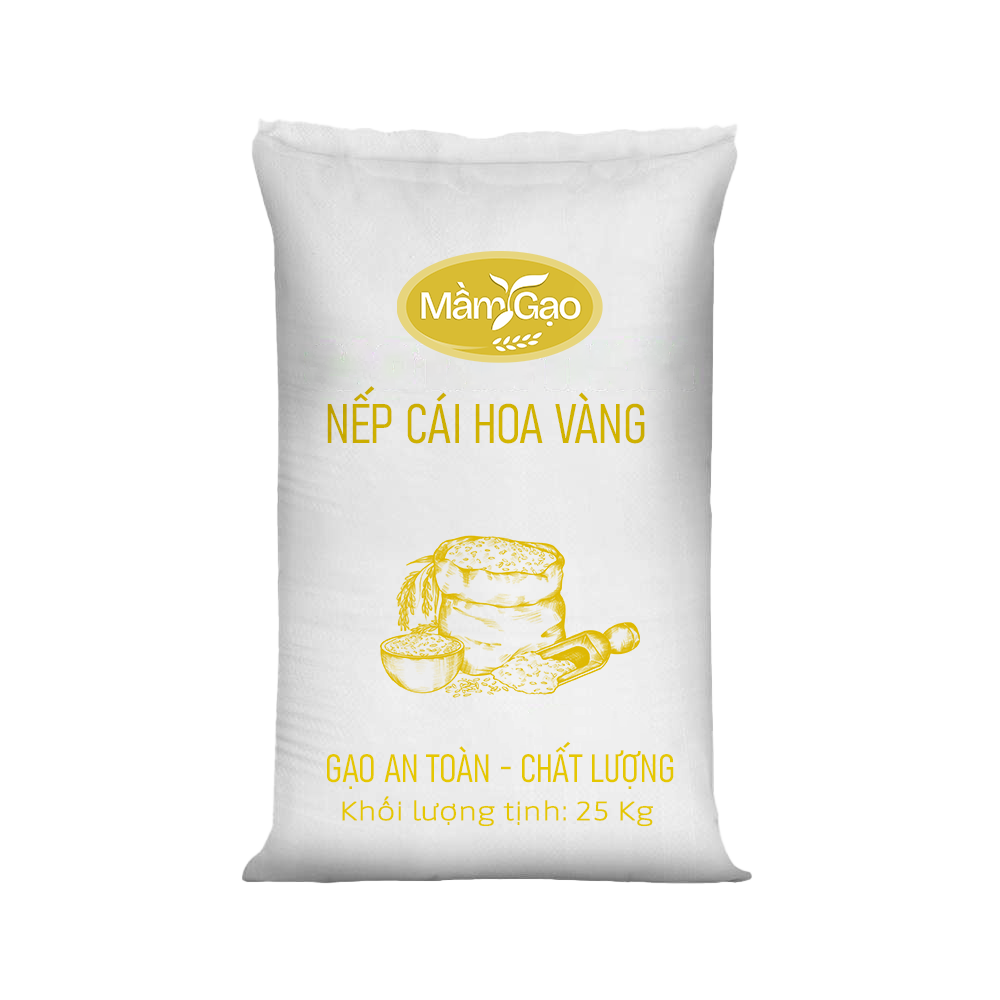Rice exports are expected to pick up in the mid to late second quarter.
2025-03-19 08:58:19Rice Exports Expected to Recover from Mid to Late Q2
A survey shows that the highest price for regular paddy in the fields last week was 5,650 VND/kg, with an average price of 5,514 VND/kg, an increase of 50 VND/kg. The average warehouse price for regular paddy was 6,733 VND/kg, with a high of 6,950 VND/kg.
Prices for rice products also saw an upward adjustment. Specifically, 5% broken rice reached a high of 11,600 VND/kg, with an average price of 10,293 VND/kg, up 79 VND/kg. First-grade polished white rice increased by 60 VND/kg, with an average price of 10,350 VND/kg. First-grade brown rice rose by 50 VND/kg, averaging 8,717 VND/kg.

Export Market Trends
According to the Vietnam Food Association (VFA), Vietnam’s 5% broken rice was offered at 392 USD/ton on March 13, up from 389 USD/ton the previous week.
Meanwhile, India’s export rice prices fell to a 21-month low due to weak demand and fierce competition from other exporters. India’s 5% broken parboiled rice was priced between 403 - 410 USD/ton, down from 409 - 415 USD/ton the previous week.
Additionally, India recently allowed the export of 100% broken rice, which had been banned since September 2022. Thailand’s 5% broken rice also dropped to 405 - 408 USD/ton from the previous week’s 415 USD/ton due to exchange rate fluctuations.
Vietnam’s Rice Export Performance
According to the Ministry of Agriculture and Rural Development (MARD), Vietnam's rice exports in the first two months of the year reached an estimated 1.1 million tons, a 5.9% increase in volume, while export value fell 13.6% to 613 million USD. The average export price was estimated at 553.6 USD/ton, down 18.3% year-over-year.
In early March, export prices continued to decline, with 100% broken rice at 310 USD/ton, 5% broken rice at 393 USD/ton, and 25% broken rice at 367 USD/ton. The Philippines, Ivory Coast, and Ghana were Vietnam’s top three rice export markets.
The decline in rice prices is attributed to factors such as increased global supply, lower import demand, and India lifting its export ban, bringing a large volume of low-quality rice back to the market. However, according to rice exporters, 80% of Vietnam’s rice exports are in the high-quality segment, meaning the impact of India’s return is only temporary.
Domestic Market Outlook
Phạm Thái Bình, Chairman of Trung An High-Tech Agriculture JSC, emphasized that Vietnam's rice occupies a distinct market segment. The key factor is the integration of production with consumption, ensuring farmers no longer face fluctuating prices. With secured contracts and stable prices, farmers can confidently produce, while banks remain willing to finance their operations.
Nguyễn Ngọc Nam, Chairman of VFA, noted that the decline in rice prices follows global trends. In the past two months, high-quality rice accounted for 80% of Vietnam’s rice exports, meaning Vietnam does not compete heavily with India and Thailand in this segment.
Financial Support for Rice Exporters
The VFA chairman stressed the need to address difficulties for exporters, particularly in financing. Some businesses have had to offer lower prices due to short loan terms and limited credit lines, forcing them to sell quickly to maintain cash flow rather than holding onto stock.
To mitigate this, the State Bank of Vietnam should direct commercial banks to increase credit limits and extend loan terms for rice exporters to build reserves and prevent excessive selling. Additionally, the Ministry of Finance should expedite VAT refund processes for rice exporters.
“When businesses and farmers have stable finances, they can hold onto their stock if the market conditions are unfavorable. By storing rice across farmers' warehouses, supply warehouses, and export warehouses, we can help prevent price drops and even drive prices up,” the VFA chairman said.
Optimistic Forecasts for the Rice Market
Market assessments suggest a positive outlook for Vietnam’s rice, which has strong branding and a well-defined market segment. At a recent rice production and market conference in Can Tho City, Minister of Agriculture and Rural Development Đỗ Đức Duy predicted that current difficulties could stabilize within three months, likely from mid to late Q2, as global import demand rebounds.
Furthermore, a report from the U.S. Department of Agriculture indicates that rice production, demand, and stock levels are all expected to increase this year.
Source: dnse.com.vn




